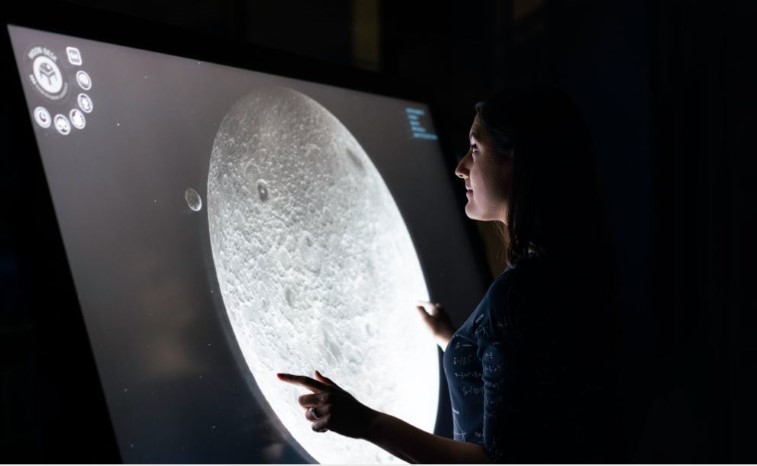Unusual phenomena on the Moon

One May night, more precisely on May 4, 1783, Sir William Herschel, an English astronomer who is considered by some to be the greatest observer of the sky of all time, noticed a bright, reddish spot, the size of an average star, over the Aristarchus crater.
The crater was shrouded in darkness as night reigned on that part of the Moon and this spot was clearly visible. Four years later, on April 19 and 20, 1787, in the same place, Herschel again saw a glimmer. According to him, it was a volcanic eruption.
Herschel was an excellent astronomer. He became famous in 1781 when he discovered the planet Uranus and since then his opinion has been listened to with great respect.
However, today there is doubt about Herschel’s report of a volcano on the Moon. The area around the crater Aristarchus is known as the brightest spot on the entire Moon!
Sometimes, when illuminated by an ashy light, this area can be seen even in the dark. It is quite possible that the famous astronomer did not observe any volcanic eruption, but only the bright lunar soil around Aristarchus Crater.
However, after Herschel there were other reports of similar phenomena on the Moon, and we cannot doubt some of these. For example, on November 3, 1958, N. A. Kozyrev, director of the Astrophysical Observatory in Crimea, noticed a reddish spot near the central peak of the Alphonsus crater.
The spot disappeared after half an hour, but Kozyrev managed to make its spectrogram before that. In the spectrogram, there was a characteristic line for the C2 molecule at a temperature of up to 2000°C.
Since then, these and similar phenomena have been carefully observed and recorded, but they have not been clarified even to this day. On average, they last about fifteen minutes, and then disappear, which is why they got the name of short-term lunar phenomena.
They appear in the form of colored spots, mists, freckles, dark blurs, etc.
In some places they have been observed more than once, for example in Aristarchus crater over a hundred such phenomena were recorded, in Plato crater about thirty etc.

It is interesting that the location of these phenomena in some cases coincides with the epicenters of several deep moonquakes. It also seems that the number of occurrences has a certain relationship with the position of the Moon in relation to the Earth.
This is roughly what is known about these phenomena today. The rest are assumptions. In 1968, NASA published the first Chronological Catalog of Reported Lunar Events.
In 1971, the catalog was supplemented with new cases, so that the total number of occurrences was 713. However, this number should be accepted with a reservation, since some occurrences are most certainly the result of an optical illusion or a wrong interpretation of what was observed.
Nevertheless, some phenomena are of undoubtedly endogenous origin, which leads to the conclusion that the interior of our satellite is not geologically completely dead. Some scientists are ready to explain the whole mystery of these phenomena by the existence of some kind of volcanic activity despite the very thick solid mantle of our Moon.
Want to read more about the universe? Visit our blog!

